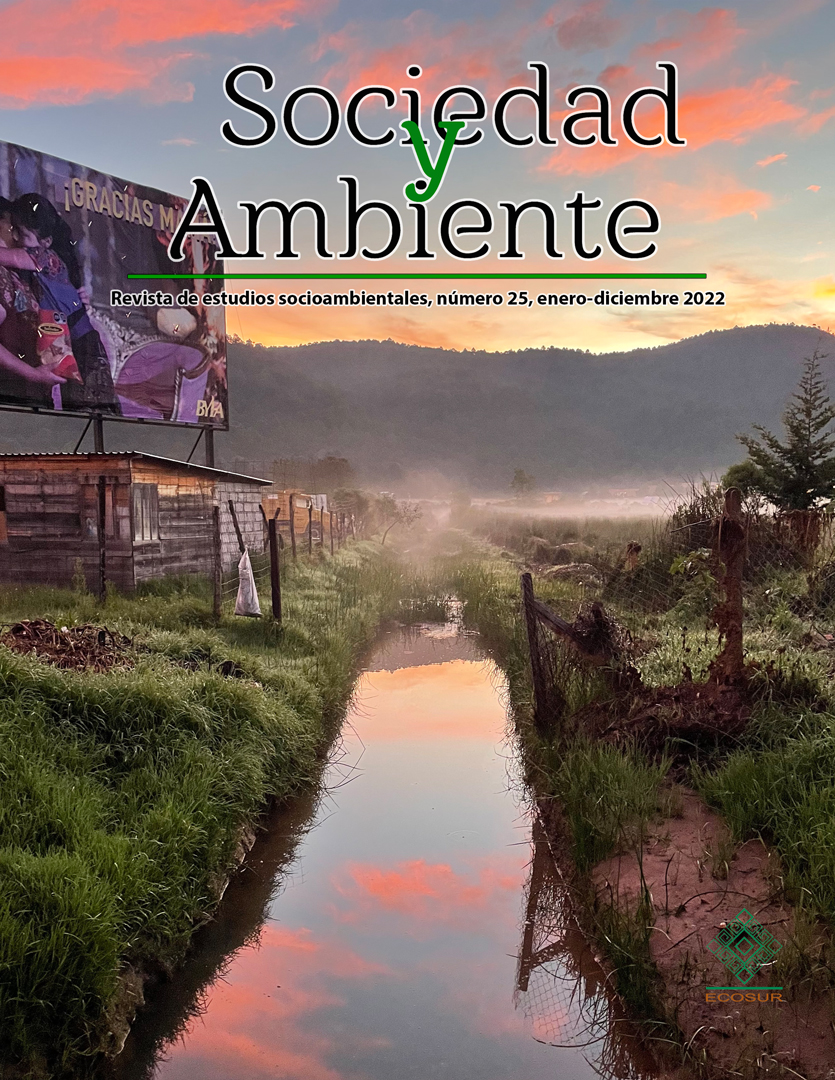Abstract
The Potosí plateau is in the northwestern portion of the State of San Luis Potosí in a semi-desert zone with a dry temperate climate. Towards the end of the 19th century, this region was divided into large estates dedicated to extensive cattle production. The Cruces ranch was one of the largest ranches that based its livestock production on waterwheels (norias) to extract shallow subsurface water for cattle watering. This research aimed to document the existence and characteristics of waterwheels in that region. For this, we consulted documentary and historical information available in the state of San Luis Potosí. Also, we collected information in the field, including photographic surveys and planimetric and architectural measurements of all the waterwheels. Our results corroborate that the hacienda’s agricultural activity relied on the few shallow areas and beds of intermittent runoff, and the main economic activity was raising sheep to obtain wool. The ranch had 38 waterwheels with a daily storage capacity of nearly 4,000 m3, which could provide a watering hole for 32,000 head of cattle and 741,000 head of small cattle. We conclude that the Cruces ranch based its success on the extensive production of cattle that, in arid conditions, was possible due to a system of waterwheels strategically distributed in the extensive territory. It was an economically viable regime that took advantage of natural resources to benefit a single family.

Sociedad y Ambiente by ECOSUR is licensed under a Creative Commons Reconocimiento-NoComercial-SinObraDerivada 2.5 México License


